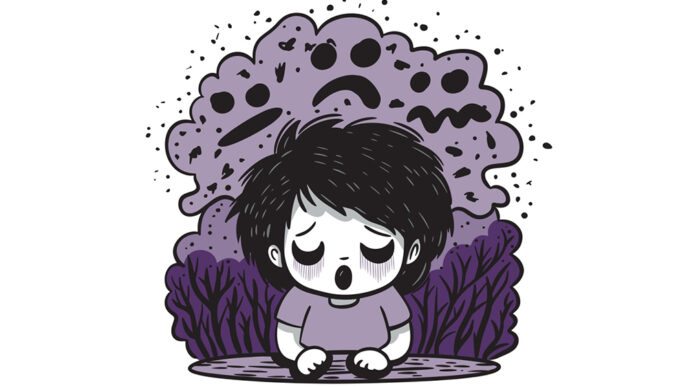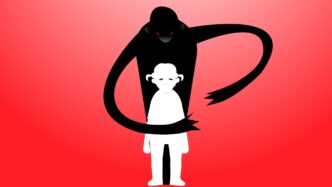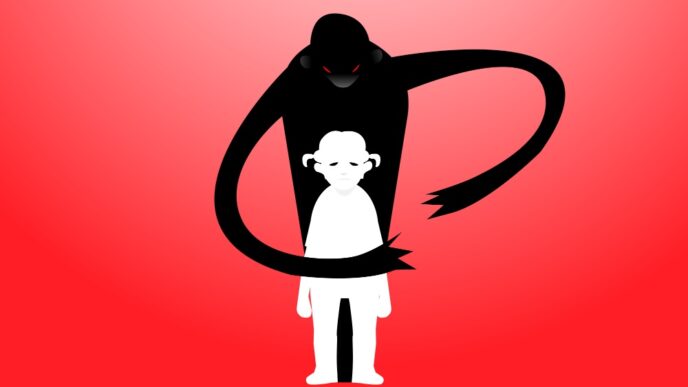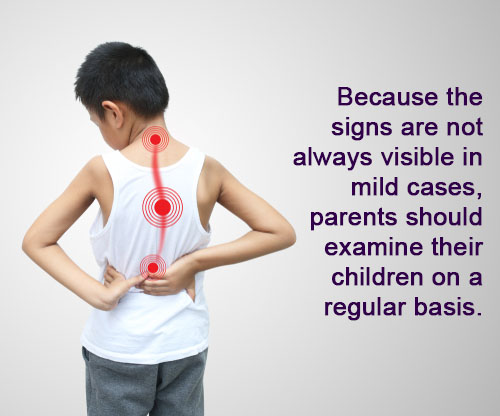Every child with asthma is unique—what works for one may not work for another. That’s why doctors tailor treatment plans to each child’s needs, ensuring better control and fewer flare-ups.
WORDS LIM TECK CHOON
 FEATURED EXPERT FEATURED EXPERTDR ANGELINA AMALADOSS Consultant Paediatrician Subang Jaya Medical Centre (SJMC) |
The focus is on personalized treatment plans, advanced medications, and collaborative management strategies that can significantly improve the quality of life for children with asthma.
Dr Angelina Amaladoss tells us: “The journey of managing childhood asthma is complex, yet there is much hope, thanks to advancements in personalized medicine. These innovations are enabling children with asthma to lead vibrant, fulfilling lives.”
PERSONALIZED TREATMENT FOR ASTHMA
- According to Dr Angelina Amaladoss, it is just as important to identifying the triggers of a child’s asthma as it is to start the appropriate treatment.
- “Early and accurate diagnosis is pivotal to prevent long-term complications and ensure the quality of life for affected children,” she says.
The Approach
- Takes careful consideration of a child’s specific symptoms and triggers.
Goal of Treatment
- Minimize side effects and target the lungs directly.
Symptom Management
- Newer medications such as monoclonal antibodies and leukotriene receptor antagonists (LTRA) can be considered.
DR ANGELINA’S ADVICE FOR PARENTS ON SUPPORTING THEIR KIDS
- Understand that asthma currently has no cure, and it is a long-term or chronic health condition that requires ongoing compliance with treatment plans.
- Do not stop treatment just because the kid seems fine—stopping treatment without the doctor’s green light may trigger a relapse!
- Create a supportive home environment.
- Minimize exposure to common irritants such as cigarette smoke, vape, incense, pet fur, plush toys, and carpets.
| This article is part of our series on asthma and how it affects a child’s health and quality of life. |













